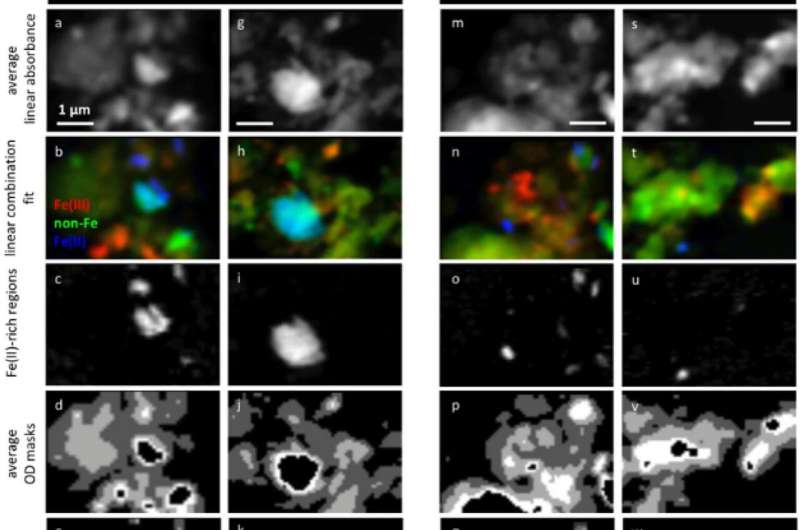Finding more sustainable ways to cultivate rice crops

Rice farmers depend on phosphorous fertilizers to maximize their yields of this major staple food, which helps nourish more than half of the world's population. However, there is a finite supply of the nutrient available to be mined.
Using the ultrabright light of the Canadian Light Source at the University of Saskatchewan, German researchers examined soil samples from paddies in China in the hopes of learning how silicon can reduce the need for phosphorus-based fertilizers and make rice farming more sustainable.
Dr. Joerg Schaller and colleagues discovered that silicon, which is also known to play a key role in growing rice, can replace phosphorus in soil and mobilize it to be available for absorption by the plants that need it. Phosphorus binds to iron in soil, rendering it unavailable to plants.
"If all the building places are occupied with silicon, there is no space for phosphate to bind (in the soil). It means you need only half of the fertilizer," said Schaller, who is with the Leibniz Centre for Agricultural Landscape Research (ZALF).
By taking multiple soil samples from rice paddies that have been used to cultivate rice for between 50 and 2,000 years and examining them using scanning transmission X-ray microscopy at the CLS, Schaller and his colleagues were able to better understand how and why silicon and phosphorus bond to the soil.
The wide range of paddy soil gave Schaller's team a precise look at how long it takes soil to be depleted of silicon and saturated with phosphorus.
"It's really valuable (to be able to study so many samples)," said Schaller. "Rice cultivation, they've done it for a really long time…it's really interesting, to use such samples."
Because phosphorus is critical to the growth of rice and so many other crops, finding a more sustainable solution to promoting rice growth—like using cheaper and more available silicon-based fertilizers to prevent phosphorus saturation—is critical for the world's food supply.
"This is really important for humankind," Schaller said. "If we could decrease the need for phosphorus fertilization, this is a really important thing."
The research is published in Scientific Reports.
More information: Jörg Schaller et al, Silicon as a potential limiting factor for phosphorus availability in paddy soils, Scientific Reports (2022). DOI: 10.1038/s41598-022-20805-4
Journal information: Scientific Reports
Provided by Canadian Light Source





















